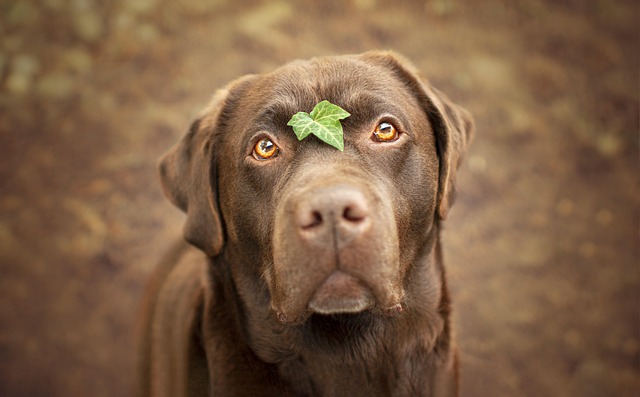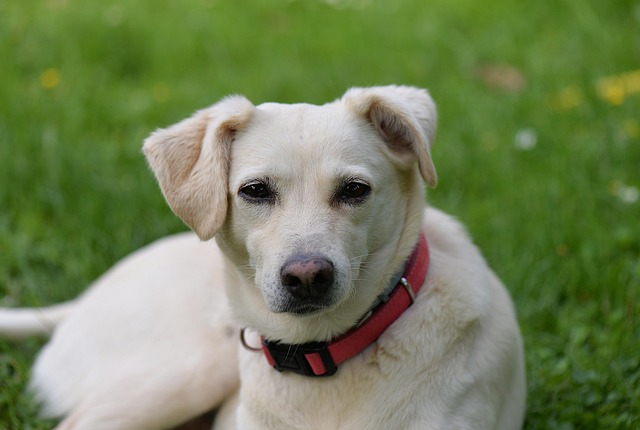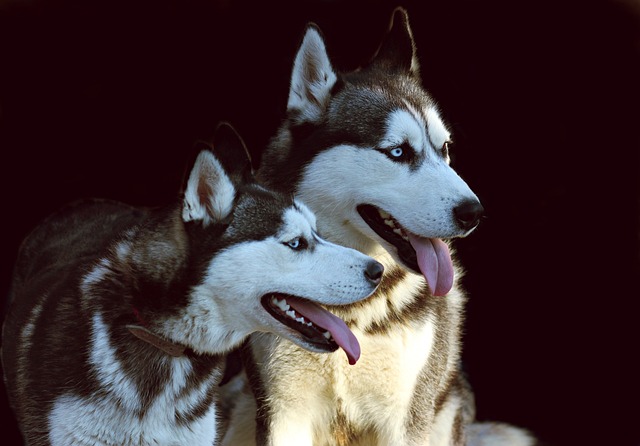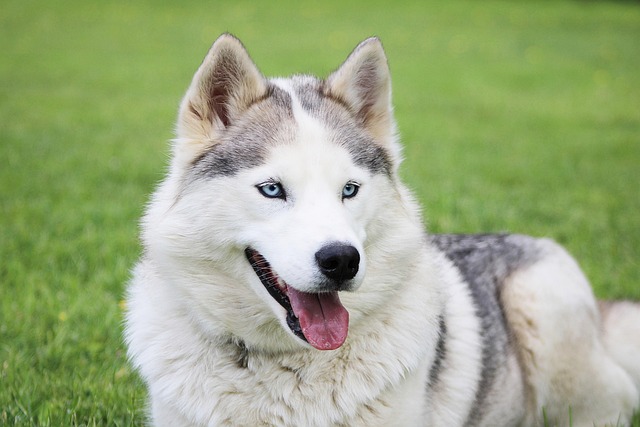
When should you not vaccinate your dog?
Even healthy-looking dogs sometimes need to skip vaccinations, and knowing when can keep them safe while following local rules.
You might notice your dog’s eye looks a little off one morning—one pupil smaller than the other, the eyelid drooping, maybe even a sunken eye socket. That combination of signs often points to Horner's syndrome, a condition linked to nerve issues that affect how the eye functions. It’s not a disease itself, but a clue that something’s disrupting the sympathetic nervous system, which controls things like pupil size and eyelid movement.
While it can look alarming, Horner's syndrome in dogs rarely causes pain or vision loss on its own. The real concern is figuring out the underlying cause—sometimes it’s something mild, like a recent injury or ear infection, but other times it could signal more serious issues, like a tumor or neurological problem. In many parts of Europe and North America, vets will run tests like blood work or imaging to rule out these serious causes, which is key to staying compliant with local animal welfare guidelines that require prompt care for potential health risks.

If your vet diagnoses idiopathic Horner's syndrome (meaning no clear cause is found), it often resolves on its own within a few weeks or months. But even then, following their advice—like avoiding off-leash areas where your dog might get injured while their eye is sensitive—matters. Many regions have laws that hold owners responsible for preventing their pets from suffering, so skipping follow-up visits or ignoring symptoms could lead to compliance issues, not just health risks.
Local cases often highlight how important quick action is. For example, in some U.S. states, a dog with untreated Horner's syndrome linked to an ear infection might be considered a case of neglect if the owner delays vet care. Similarly, in the UK, vets are required to report concerns about animal welfare, so getting a diagnosis early helps you stay on the right side of those rules while keeping your dog comfortable.
Caring for a dog with Horner's syndrome is mostly about patience and following your vet’s plan. Keep an eye on their symptoms—if the drooping gets worse or they start rubbing their eye, call your vet right away. With the right care, most dogs recover fully, and you’ll avoid the stress of dealing with compliance issues. Remember, staying on top of their health isn’t just about keeping them happy—it’s part of being a responsible owner in any community.

Even healthy-looking dogs sometimes need to skip vaccinations, and knowing when can keep them safe while following local rules.

You might notice your dog’s eye looks a little off one morning—one pupil smaller than the other, the eyelid drooping, maybe even a sunken eye socket.

Dogs rely on their eyes to explore parks, catch frisbees, and even beg for treats from the couch—but those peepers are more vulnerable than you might think.

Many dog owners want to keep their pups healthy without relying too much on harsh chemicals, especially when dealing with common parasites like fleas or worms.

I’ll open with a scenario every new U.S. dog parent knows: It’s rainy evening in your Chicago apartment, and your 6-month-old Golden Retriever won’t stop gnawing at her paws—red

I’ll start with a scenario every new U.S. dog parent knows: You’re assembling a metal crate in your Houston apartment, and your 3-month-old rescue pup curls behind the couch